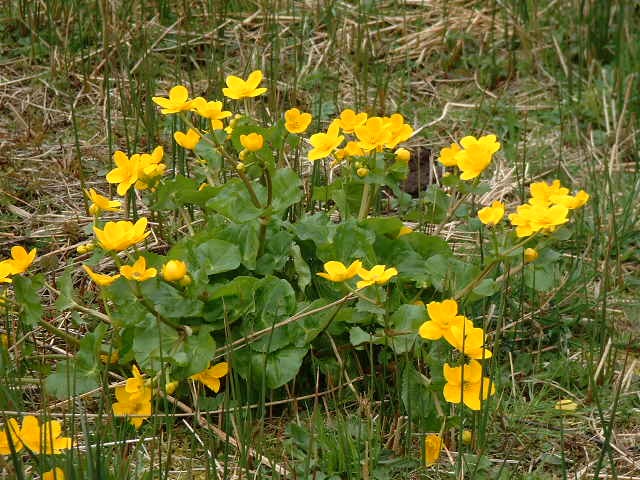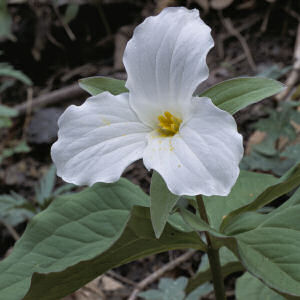
The pale heart shaped leaf surround the stem bearing a single flower. The petals are very white with eight to ten petals. the sap is orange-ish in color. Indians used the sap as war paint and dye for clothes and other things. the root is somewhat poisonous and even with the factor, pioneers used a drop of sap on a lump of sugar as cough medicine. The roots are now used in the making of anti-plaque toothpaste. Because of its value, many plants are poached for the roots.





